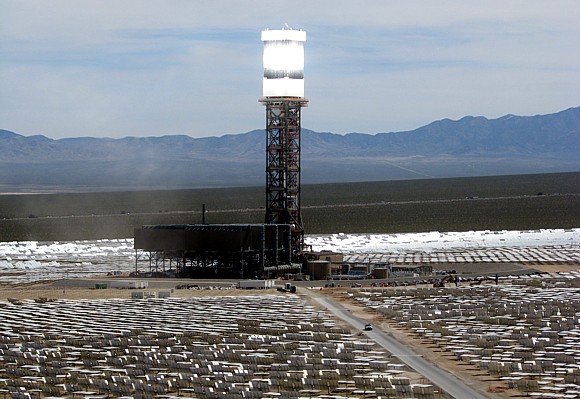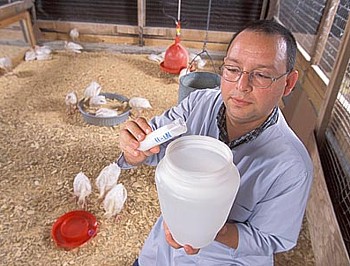Conglomerate Plans New Solar Power For Israel, As It Brings CA’s Largest Solar Plant Online
 January 14, 2014
January 14, 2014  Kyriaki (Sandy) Venetis
Kyriaki (Sandy) Venetis  As part of development in California’s Mojave Desert, the Ivanpah Solar Generating System, the world’s largest solar thermal power tower system, went online in September for its first energy output test as a jointly-owned project between BrightSource Energy, NRG Energy, and Google. Photo courtesy of Business Wire.
As part of development in California’s Mojave Desert, the Ivanpah Solar Generating System, the world’s largest solar thermal power tower system, went online in September for its first energy output test as a jointly-owned project between BrightSource Energy, NRG Energy, and Google. Photo courtesy of Business Wire.
The global solar technology company BrightSource Energy has been partnering up with a number of high profile investors, among them Google, to create some of the world’s largest solar plants.
Megalim Solar Power Ltd., a company formed by BrightSource Energy and Alstom, a provider of equipment and services for power generation, will break ground in Israel within the next few months to build a 121 megawatt solar thermal power plant.
Megalim is now required to plan, finance, build, operate, and maintain the power plant throughout a concession period of 25 years, and then transfer it to the ownership of the State of Israel. The project is scheduled to come online in 2017.
Power Technology said in October that, “Megalim Solar is seeking a €150m loan from the European Investment Bank (EIB) to finance the planned Ashalim concentrated solar power (CSP) plant in Israel, while the EIB has listed the €575m project as ‘under appraisal’ since 27 May 2013.”
Power Technology added that, “Selected through a formal international procedure, the promoters are required to procure 20 percent of its investment domestically according to Israeli law.”
The Megalim plant will be one of three projects selected under Israel’s Ashalim 250 megawatt total solar tender located in the Ramat Negev Regional Council’s 3.15 square kilometer site in the Negev Desert.
BrightSource added that this “Ashalim tender includes two CSP plants and one photovoltaic technology power plant. Once all three Ashlim projects are financed and constructed they will generate approximately two percent of Israel’s installed capacity, and help Israel achieve its goal of having 10 percent of its electricity production from renewable energy sources by 2020.”




